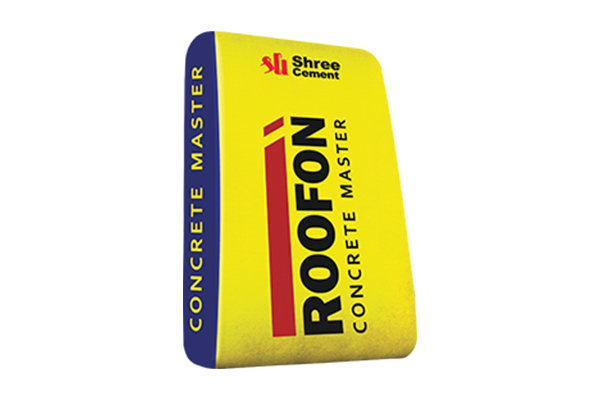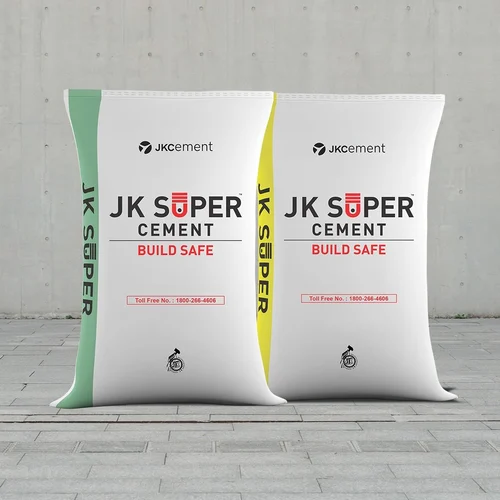Description
Shree Cement: Pioneering Sustainable Growth in the Cement Industry
Introduction
Shree Cement Ltd. has emerged as one of the leading players in the Indian cement industry, recognized for its commitment to sustainable practices, technological innovation, and operational excellence. Founded in 1979, the company has grown exponentially, capitalizing on the robust demand for cement in India’s infrastructure development. This article explores Shree Cement’s journey, its strategic initiatives, and its contributions to the environment and society.
A Brief Overview
Shree Cement started its operations in Beawar, Rajasthan, with a vision to provide quality cement to meet the burgeoning demands of the construction sector. Over the years, it has expanded its footprint across the country, establishing multiple plants and reaching a production capacity of over 40 million tons per annum. The company’s brand portfolio includes popular products like Shree Ultra, Shree Cement, and Shree Durabuild, catering to a wide array of customer needs.
Sustainable Practices
Sustainability is at the core of Shree Cement’s operations. The company has invested significantly in green technologies to minimize its carbon footprint. Notably, Shree Cement was one of the first companies in India to implement waste heat recovery systems, which allow it to harness energy from the heat generated during the manufacturing process. This not only reduces energy consumption but also lowers greenhouse gas emissions.
Additionally, the company uses alternative fuels and raw materials (AFR), such as agricultural waste and industrial by-products, in its production processes. This approach not only conserves natural resources but also helps in managing waste effectively, thereby supporting a circular economy.
Technological Innovations
Innovation is pivotal to Shree Cement’s growth strategy. The company has embraced modern technologies to enhance efficiency and quality in its operations. Automation and data analytics play a crucial role in optimizing production processes, reducing costs, and improving safety standards.
Shree Cement is also exploring advancements in digitalization, which includes implementing smart factory solutions that leverage the Internet of Things (IoT) and artificial intelligence (AI). These initiatives aim to improve decision-making and operational efficiency, ensuring the company remains competitive in a rapidly evolving market.
Community Engagement
Beyond its focus on profitability and sustainability, Shree Cement is committed to social responsibility. The company actively engages in community development initiatives, particularly in education, healthcare, and livelihood generation. Shree Cement runs various programs aimed at improving literacy rates, providing healthcare services, and empowering local communities through skill development.
The company’s CSR efforts reflect its understanding that business success is intertwined with the well-being of the communities it operates in. By fostering a positive impact on society, Shree Cement not only enhances its corporate image but also builds strong relationships with stakeholders.
Financial Performance and Growth Outlook
Shree Cement has consistently demonstrated strong financial performance, driven by its strategic investments and focus on operational efficiency. The company’s robust balance sheet, coupled with a healthy market demand for cement in India, positions it well for future growth. Analysts believe that Shree Cement is poised to benefit from the government’s ongoing infrastructure push, which includes significant investments in roads, railways, and housing projects.
Conclusion
Shree Cement’s journey from a regional player to a national leader exemplifies the power of vision, innovation, and commitment to sustainability. As the Indian economy continues to grow and urbanize, Shree Cement is well-positioned to contribute to the nation’s development while setting benchmarks in environmental stewardship and social responsibility. The company’s proactive approach in embracing technology and sustainable practices makes it a model for the industry, highlighting that profitability and responsibility can indeed go hand in hand.















